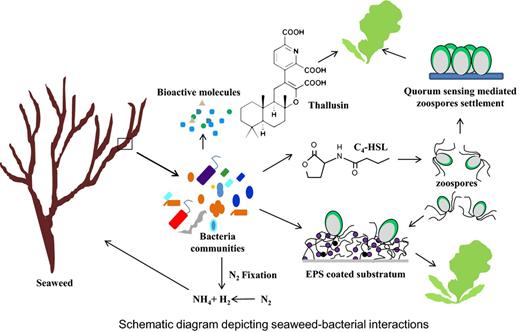I find scientific articles more helpful than hobby websites with their conflicting opinions.I grasp the best internet response is “do it and let us know” but that’s why I’m asking if another has done it. We all know we can test it ourselves but perhaps at the moment not practical and why I ask for others who might have. That’s the response I’m seeking.

Copper pollution exacerbates the effects of ocean acidification and warming on kelp microscopic early life stages
Ocean warming (OW), ocean acidification (OA) and their interaction with local drivers, e.g., copper pollution, may negatively affect macroalgae and their microscopic life stages. We evaluated meiospore development of the kelps Macrocystis pyrifera and ...
Copper pollution exacerbates the effects of ocean acidification and warming on kelp microscopic early life stages
Discussion
Our results reveal that local anthropogenic drivers such as copper pollution have a greater impact on kelp meiospore survival and ontogenic development than global climate drivers such as OW and OA. While the independent effects of OW and OA on different early life history stage processes (e.g., meiospore germination and gametophyte growth) are mostly insignificant, the effect of copper is negative and magnified through the different developmental stages. For example, in our experiments, copper exposure (Cu-EC50) had only a moderate negative effect (5–18% reduction) on meiospore germination for all OW treatment and the ambient temperature/OA treatment and no effect for the ambient pH/temperature treatment. However, the subsequent growth of germlings was reduced by 43–68%, and sexual differentiation was inhibited regardless of seawater temperature and pH. The different sensitivities of early life history stage processes, not only to copper exposure, but also to other environmental drivers, are related to the fact that meiospore germination is an autogenous process supported by cellular lipid reserves38–40 while gametophyte growth and subsequent life-history processes are dependent on the photosynthesis and factors affecting this process40
Last edited:




















